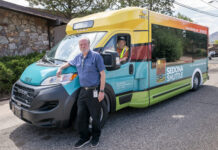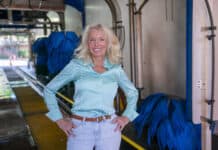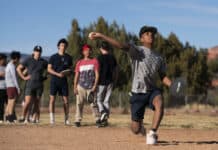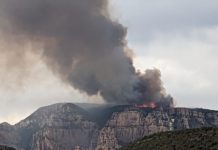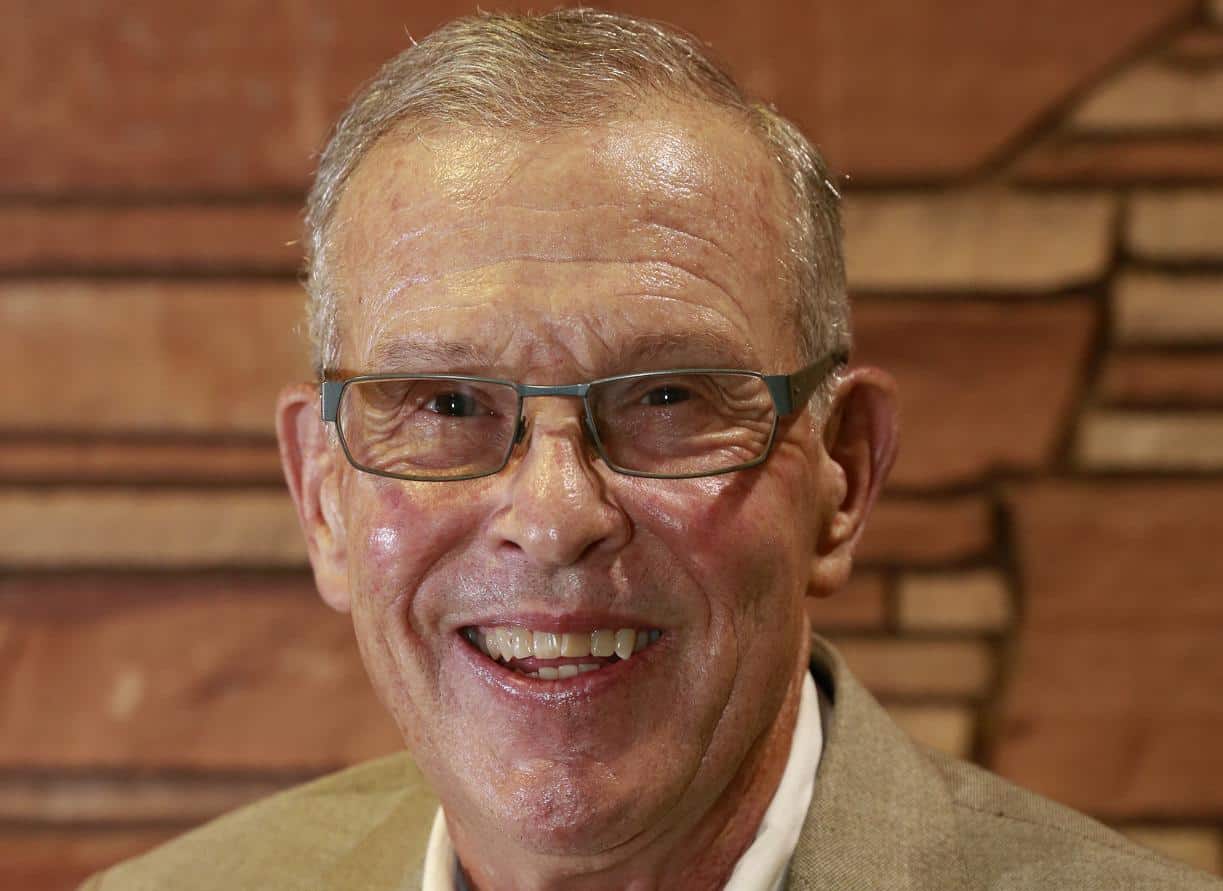With the 2016 election season in full swing, those vying for seats on the Sedona City Council were asked a variety of questions pertaining to issues facing the city — both today and in the future.
Q: What made you decide to run for City Council?
I have lived, worked and played in Sedona after moving from Colorado to serve as Sedona’s police chief. I love the natural beauty of our area and all that Sedona has to offer. I am grateful for all of the wonderful experiences and the friendships I have made during my time here in Sedona. After I retired from service with the city of Sedona, I chose to remain here because of my love for the city and the people living, working and visiting here. Sedona has blessed my life and I wanted to offer something in return for those blessings. Serving on City Council is an opportunity for me to do that.
Q: What specific ideas do you have to address the traffic issue?
I believe we need a comprehensive multi-modal approach to our traffic challenges throughout Sedona. This includes managing vehicular, pedestrian, bicycles and forms of mass transit. Some of our local resorts are using mass transit to transport their workforces into our area from outlying communities. There may be other opportunities for workforce mass transit in addition to the ones that are already in place. We also need to be forward thinking and see what the impact of the upcoming autonomous vehicle technology will be on our traffic.
If we could rapidly direct our visitors to parking this would alleviate some of the congestion in Uptown since many of the vehicles passing through Uptown are visitors looking for places to shop or dine. I believe we should look at private/public partnerships for transit to popular trailheads. In addition to past recommendations for connecting roadways in Sedona to take pressure off of our main roads, we need to take a regional look at our community in conjunction with the state, county and Forest Service officials to determine if there are viable routes near or outside of our city that would help reduce our traffic congestion.
Council has recently contracted for a comprehensive traffic study since the last one that was completed is well over a decade old. We need to see those recommendations and determine how we can best finance and act on the proposed solutions. We need to evaluate proposals in terms of effectiveness and the impact on those who live in the areas where a change in traffic has been proposed.
Q: Often, the vocal minority is the loudest voice when it comes to a topic in the city. How do you balance not only their concerns but the remaining majority of the community as well?
Listening to all voices whether they are the loudest or softest is the key to balancing concerns for all of those affected by any issue put forth in the city. We often mistake silence for consent when that is often not the case. We need to reach out through all of our available communication channels to ensure that we have a true understanding what people think and want on an issue that may be divisive. We often seek affirmation of our views through those who think and express similar thoughts and ideas as ours. We need to spend as much time and effort in hearing from people who are different from us. We learn more from people who are different from us than those who are like us.
Q: What do you see as the top issues facing Sedona these days and why?
Most of our challenges are similar to destination mountain towns throughout the Southwest. Trying to balance quality of life for our residents who have chosen to live here with the constant influx of visitors will remain an ongoing challenge. Attracting a sustainable workforce to support our visitor economy has been and will continue to be an ongoing challenge since the bulk of our workforce is drawn from outside Sedona. Keeping current economic drivers along with developing new economic opportunities through technology is needed to sustain the service levels Sedona needs for its residents and visitors.
Q: The city owns 200 acres across from the wastewater treatment plant on State Route 89A. How would you like to see that land used?
Possibly as a community garden or an environmentally-sustainable demonstration project for a major educational institution. I am open to better ideas for its use. Whatever is finally done with this land has to protect the aesthetics of our western gateway entering into Sedona. Any decision for the use of the 200 acres across from the wastewater treatment plant should provide the maximum benefit at the lowest cost for the citizens of Sedona.



